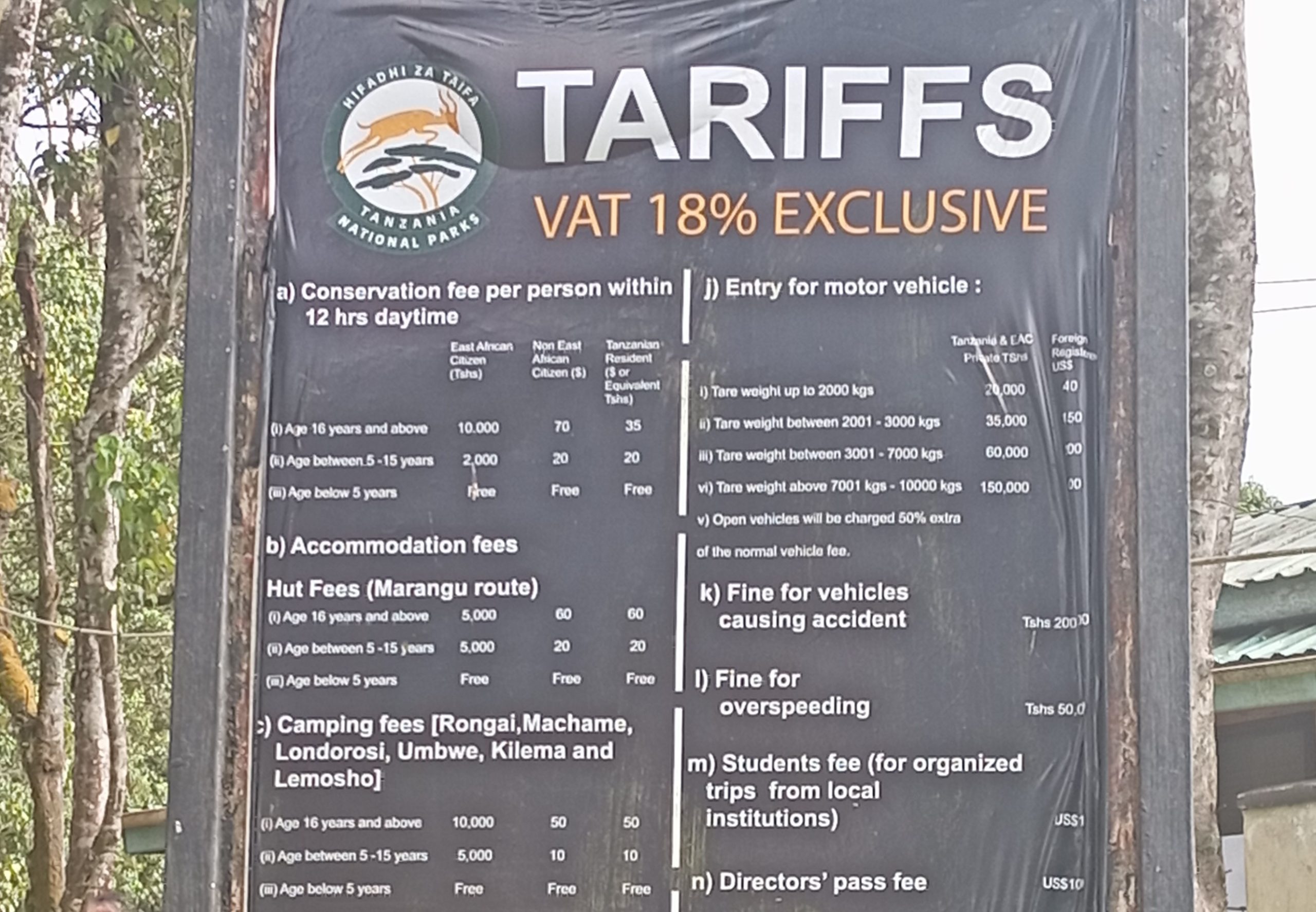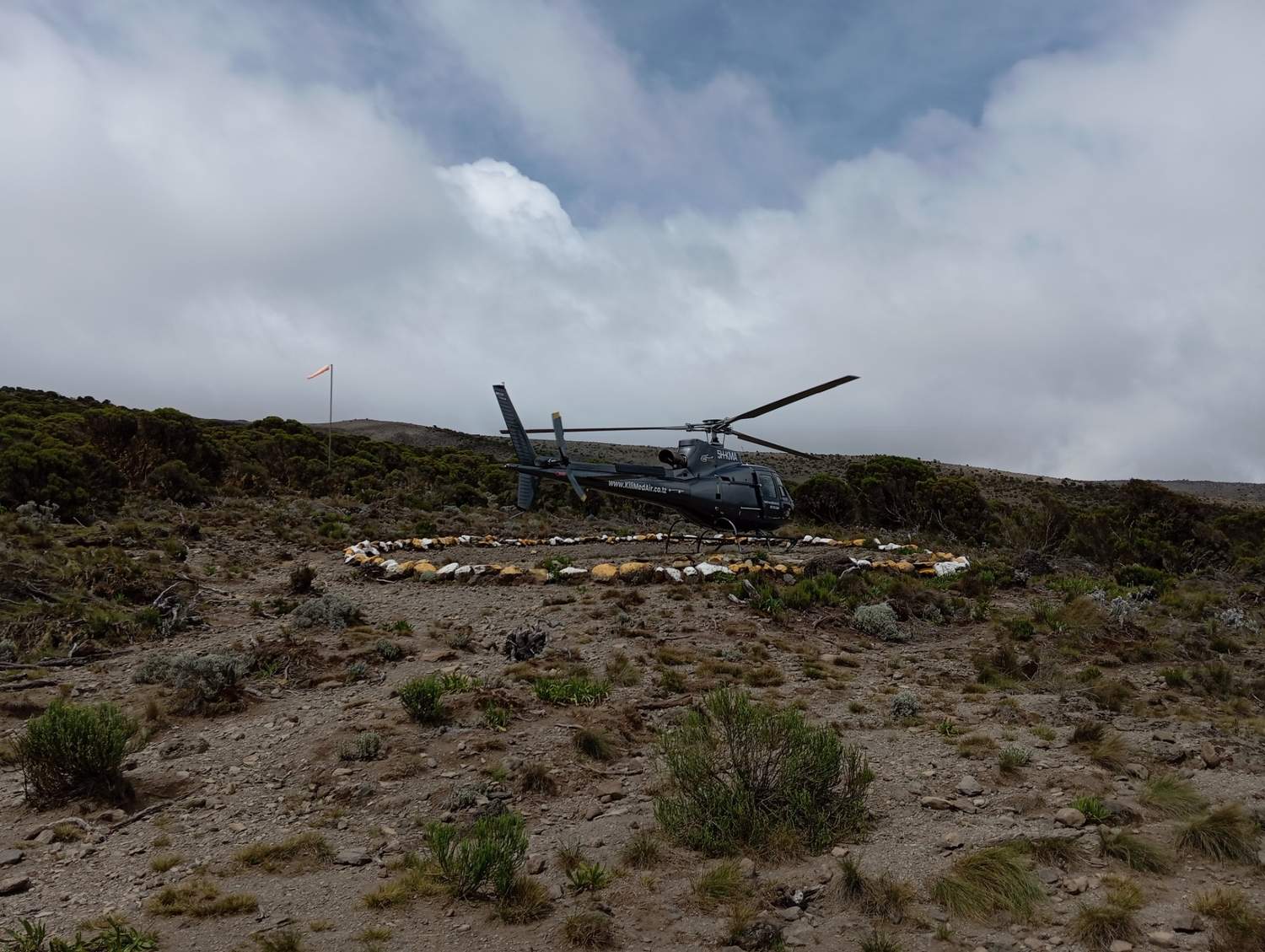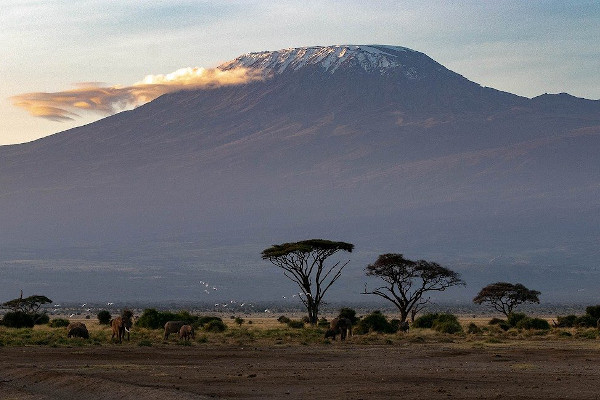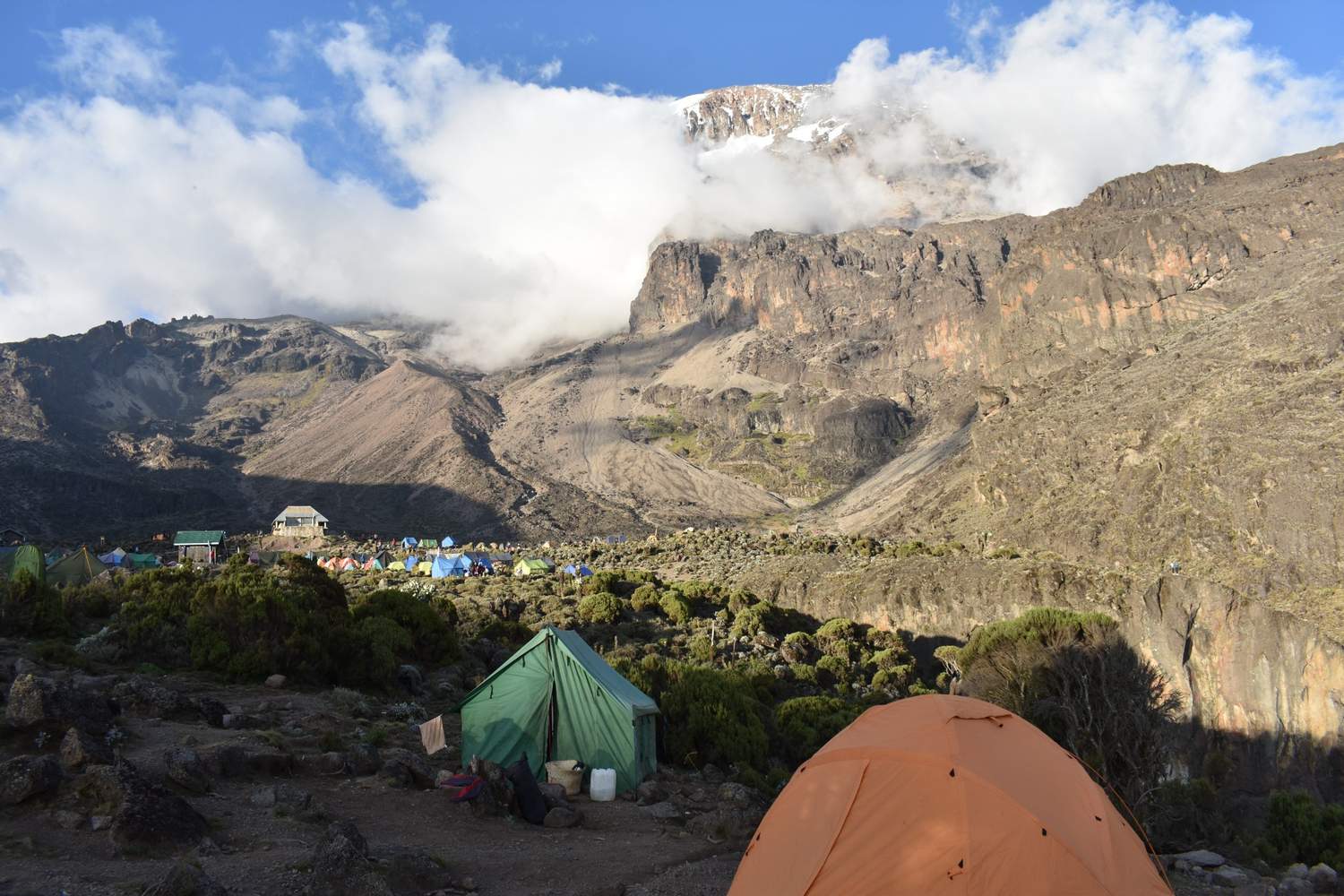Many people are surprised to find out how much it costs to climb Kilimanjaro (spoiler: it varies by route, group type and operator, but ranges from $1500 to $3000).
The high cost is largely due to the Mount Kilimanjaro National Park fees, which are set by KINAPA (the Kilimanjaro National Park Authority) and are a mandatory cost to enter the park.
As the park fees account for 50-70% of the total climbing cost, I thought it worthwhile explaining how they work, what components make up the park fees, and what discounts are available.
Plan your Kilimanjaro trek
Get a quote from our recommended local Kilimanjaro operator
Mount Kilimanjaro Park Fees
What components make up the Kilimanjaro Park Fees?
The lastest Kilimanjaro National Park fees for 2020/2021 can be found here. It’s likely these will be the same for 2022 and 2023.
The fees consist of six main components.
They are as follows:
Conservation Fees

When you start factoring in conservation fees and camping fees per person, you can see how the cost of this trek quickly adds up!
The Conservation fee is charged for the protection, upkeep and maintenance of the National Park. The fee is US$70 per day per trekker and is charged for every day that a trekker is inside the park. For example, a trekker doing the 7-day Machame would be charged $490 (7 x $70 per day).
Camping Fees
Apart from the hut accommodation that is provided on the Marangu route, all other routes on Kilimanjaro use public campsites.
The National Park is in charge of the upkeep and maintenance of Kilimanjaro’s campsites and charges a daily camping fee of $50 per trekker per night camped. Continuing our example above, a trekker on the 7-day Machame would spend 6 nights camping and therefore the total camping fee would be $300 (6 x $50 per night).
Hut Fees
The hut fees only apply to hikers on the Marangu route. As with the campsites, the huts at Mandara, Horombo and Kibo camp are maintained by the National Park. The fee is $60 per night per trekker. So on a 6-day Marangu a trekker would pay $300 in total (5 nights x $60).
Rescue Fees

Helicopter rescue is not covered as part of your park fees, make sure that this is something offered by your private insurance provider.
Rescue fees are charged by the National Park whether you need to be rescued or not. The cost is $20 per trekker per trip.
Crater Camping Fees
The crater camping fee is only charged to hikers who plan to camp inside Kilimanjaro’s crater. The cost is $100 per trekker per night.
Guide and Porter Entrance Fees
The National Park also charges an entrance fee for guides and porters. The cost is $2 per support crew member per trip. As this is usually spread across many hikers in a group, the cost is negligible.
VAT
In addition to all these fees, in 2016 the Tanzanian government introduced a Value Added Tax (VAT) of 18% that has to be applied to park fees.

How do I calculate the total Kilimanjaro Park fee?
Using the components above it is simple to work out what the total park fee will be based on the route and number of days you plan to take on your Kilimanjaro hike.
For example, let’s look at the 7-day Lemosho route. The total park fee would be:
- Conservation fee: 7 x $70 per day: $490
- Camping fee: 6 nights x $50 per night: $300
- No hut fees
- Rescue fee: $20
- No crater camp fee
- We’ll ignore guide and porter entrance fees as these vary by group size and are largely negligible
- Total cost: $820 + 18% VAT = $955.80
To save you time working out all the various national park fees by route, here are the Kilimanjaro park fees for the most popular routes. Please note that these fees don’t include the entrance fee for Kilimanjaro porters and guides.
- Marangu 5 days = USD 719.80 per trekker
- Marangu 6 days = USD 873.20 per trekker
- Machame 6 days = USD 814.20 per trekker
- Machame 7 days = USD 955.80 per trekker
- Lemosho 7 days = USD 955.80 per trekker
- Lemosho 8 days = USD 1097.40 per trekker
- Rongai 6 days = USD 814.20 per trekker
- Rongai 7 days = USD 955.80 per trekker
- Umbwe 6 days = USD 814.20 per trekker
- Umbwe 7 days = USD 955.80 per trekker
Plan your Kilimanjaro trek
Get a quote from our recommended local Kilimanjaro operator
Can I pay the park fees directly to KINAPA?
No. Only registered tour operators can pay your parks fees. All Kilimanjaro operators include the Park Fee in their total tour cost.
Are there any park fee discounts for students and national residents?
Yes. The National Park offers discounts for children under the age of 16, Tanzania residents and ex-pats, as well as for East African citizens.
The discounts are as follows:
Children Under-16
Children between 5-15 years old are charged $20 per day for the conservation fee (i.e. a $50 a day discount) and $10 per night camping fee (i.e. a $40 per day discount). There are unfortunately no discounts on hut fees, rescue fees or crater camp fees.
Please note: the youngest one can be to enter Kilimanjaro National park is 10 years old.
Tanzanian Residents and Ex-Pats
For Tanzanian residents and ex-pats living in Tanzania, the conservation fee is discounted by 50% to $35 per day. There is no discount on camping fees, hut fees or rescue fees.
East African Citizens
Citizens of the following East African countries (Tanzania, Kenya, Uganda, Burundi, Rwanda & South Sudan) get significant discounts on all fees (up to 90% discounts). You do not need to be a resident in these countries but you will need to present a valid passport at entry. You can see the EAC discount here.
More Kilimanjaro guides:


hi, ref. your note on Kilimanjaro park fees 2020-2021 (valid also for 2022 ?) , i checked the tariffs sheet of Tanzanian Parks website, and it looks as the figures you quote are per person per trip, not per day !?
would you please clarify, thanks
Hi Filippo, the fees are per person per day.
Hi Mark. I have a friend who is doing a climb in January. Is it possible for me to stay at the “base camp” whilst they climb and if so how would I arrange this?
David Bragg
00447956803349
[email protected]
Hi David, base camp is Barafu. You can certainly stay there whilst your friend summits, but you will still need to purchase a full Kilimanjaro trek package and hike the 4-6 days to Barafu. Hope this helps!
Hello Mark,
My wife is working in Moshi who has Tanzanian work permit and I'm living out of Tanzania. Now we are planning to climb Kili in this Dec. Can you please tell me if my wife will be subject of the discounted conservation area's fee by 50% per day? If yes how can we have it done?
Thanks,
Hmm, I’m not sure to be honest. I believe discounts only apply to citizens of East African countries, but it’s worth checking with some operators as they would be better placed to advise you.
Are you a licensed guide? Could we hire you for a party of 4?
No, I’m not a guide. You can get connected with my recommended local partner here: https://www.climbkilimanjaroguide.com/go/
Can you explain insurance requirements. Who is checking on insurance.
I have private health, I bought insurance, the park offer evacuation insurance is this enough? Do you recommend a specific company.
Hi Victoria, the park doesn’t check whether you have insurance but your tour operator might require that you do have sufficient insurance cover. I recommend checking out this article: https://www.climbkilimanjaroguide.com/kilimanjaro-travel-insurance/